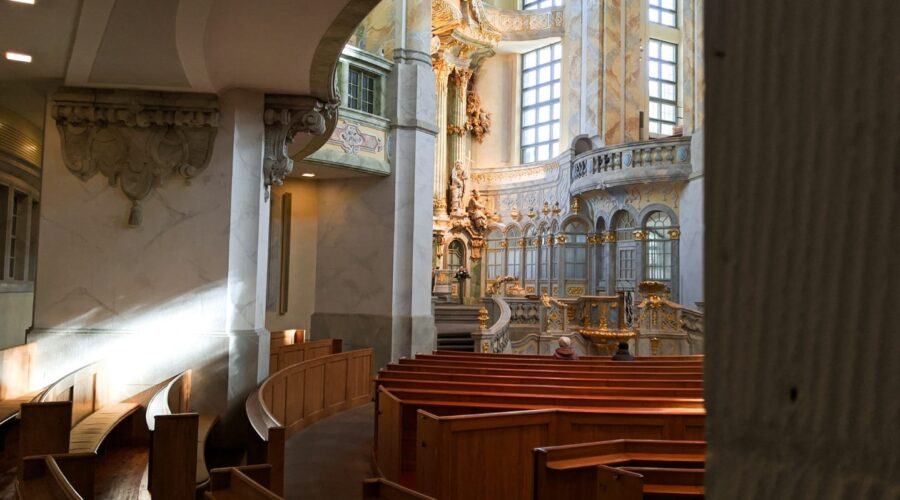Your cart is currently empty!
Gas Street Church: A Haven of Hope and History in the Heart of Birmingham

A Heritage of Faith and Community
Gas Street Church, nestled in the vibrant heart of Birmingham, England, stands as a testament to the enduring power of faith and the transformative nature of community. Its history, spanning over two centuries, is intertwined with the city’s own journey, mirroring its struggles and triumphs.
Founding and Early Years
Gas Street Church’s origins can be traced back to 1805, when a small group of devout Christians gathered in a private home for worship. Inspired by the Evangelical Revival, their fervor spread quickly, and in 1810, they established their own congregation, known as the New Jerusalem Chapel.
In 1826, the congregation acquired a site on Gas Street, where they erected their first purpose-built chapel. This unassuming brick building became the centerpiece of their spiritual life, serving as a refuge for the working-class community that surrounded it.
Growth and Expansion
As the city of Birmingham underwent industrial expansion, Gas Street Church grew alongside it. By 1889, the original chapel had become too small for the burgeoning congregation, leading to the construction of a grander edifice.
The new Gas Street Church, designed by renowned architect James Martin, was completed in 1892. Its opulent Gothic Revival style, complete with intricate stonework and stained-glass windows, reflected the growing prosperity of the city and the church’s own status as a spiritual force in the community.
Social and Cultural Impact
Besides its religious significance, Gas Street Church also played a vital role in the social and cultural life of Birmingham. It established schools, soup kitchens, and other social outreach programs, providing support and assistance to the city’s most vulnerable residents.
The church became a hub for education and culture, hosting lectures, concerts, and art exhibitions. It was a gathering place for social justice advocates and civic leaders, who worked together to improve the lives of all Birminghamians.
The 20th Century
The 20th century brought its share of challenges and changes to Gas Street Church. During the Second World War, the building was badly damaged by enemy bombing, but the congregation remained resolute, rebuilding and restoring their beloved sanctuary.
In the post-war era, the church continued to adapt to the evolving needs of the city. It established a community center, offering a wide range of services to meet the needs of all ages and backgrounds.
In 1984, Gas Street Church was designated a Grade II* listed building, acknowledging its architectural and historical importance. This recognition ensured its protection as a heritage site for future generations.
Gas Street Church Today
Today, Gas Street Church remains a vibrant and welcoming congregation, deeply rooted in the community. It offers a wide range of services, including traditional and contemporary worship, Bible study, and community outreach programs.
The church is also home to a number of organizations, including the Gas Street Music School, which provides music education to over 400 students, and the Gas Street Youth Club, which offers a safe and supportive environment for young people.
Architecture and Design
Gas Street Church is renowned for its stunning Gothic Revival architecture. The building features:
- An elaborate stone façade adorned with intricate carvings and sculptures
- Soaring stained-glass windows that depict scenes from the Bible
- A vaulted ceiling supported by graceful arches
- A spacious nave that can accommodate over 1,000 worshippers
Visiting Gas Street Church
Gas Street Church is open to visitors most days of the week. Guided tours are available upon request, offering an opportunity to delve deeper into the history and significance of this magnificent building.
The church is easily accessible by public transportation or on foot. It is located in the heart of Birmingham’s historic Jewellery Quarter, surrounded by museums, shops, and restaurants.
Conclusion
Gas Street Church is a testament to the enduring power of faith and the transformative nature of community. Its journey over two centuries mirrors the history of Birmingham itself, reflecting the city’s resilience, innovation, and unwavering spirit.
Today, Gas Street Church stands as a beacon of hope and a symbol of unity in the heart of a thriving metropolis. It is a place where people come together to worship, learn, and connect with one another, creating a vibrant and inclusive community for all.